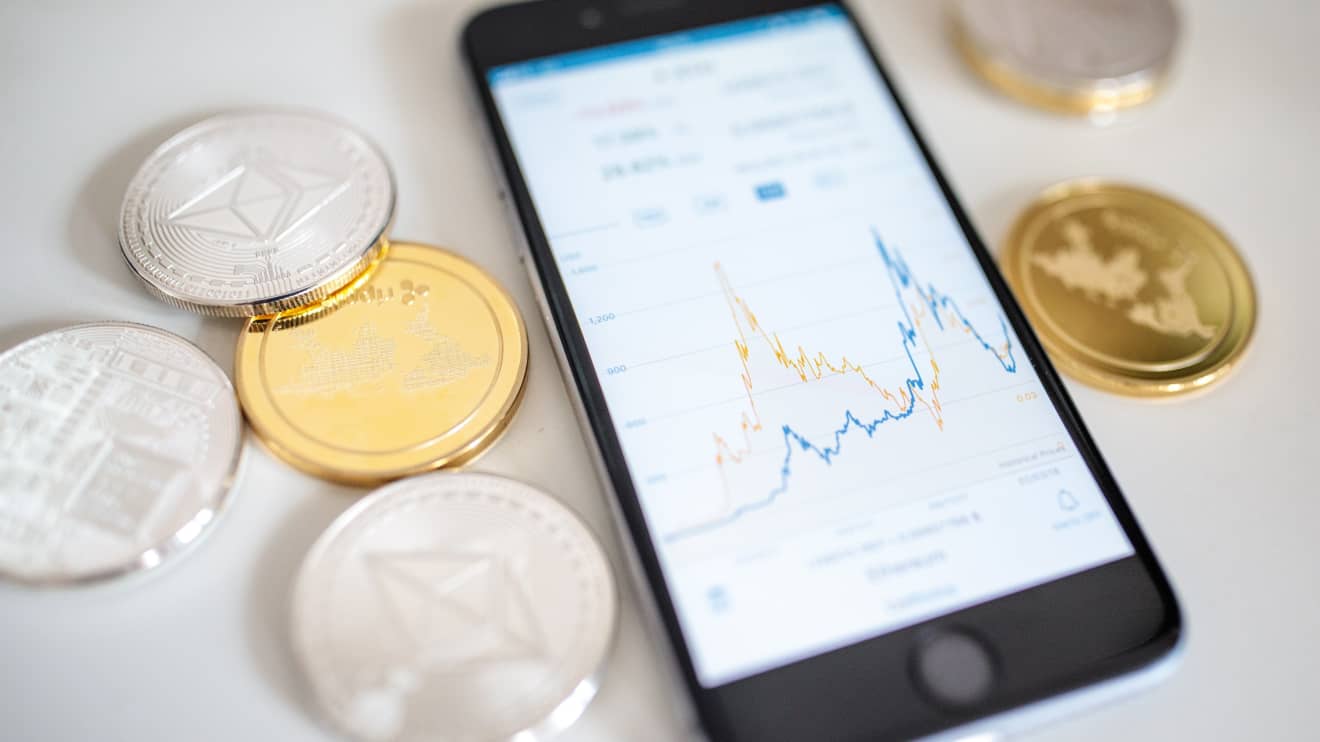The gloom surrounding the health and indebtedness of U.S. corporations, resulting from the coronavirus pandemic’s hit to the economy, is set to reverse next year if credit ratings agencies prove correct.
This chart from bond fund manager Pacific Investment Management Company shows the total U.S. sub-investment grade debt, or high-yield securities, put on watch for potential upgrades by credit ratings agencies exceeded the total investment-grade debt on watch for downgrades for the first time in 13 years.

Expectations of further economic recovery next year with the widespread distribution of COVID-19 vaccines is set to reverse the credit distress seen throughout this year.
See: As Dow hits new record, ‘one of the most important tailwinds for equities’ is in place
In 2020, the number of downgrades from investment-grade to high-yield reached levels last seen in 2015 to 2016 when global crude oil prices slumped.
Losses and defaults this year were stemmed though by the U.S. federal government’s swift actions to support businesses and households, and ultimately the Federal Reserve’s decision to bring back emergency lending facilities that backstopped the entire investment-grade bond market and pockets of the market for high-yield debt.
The buoyant forecasts for corporate finances next year, however, may not lead to much richer gains for bond investors, with so much of the economic recovery priced into asset values already.
Yields offered by sub investment-grade debt hit record lows in November. A basket of junk bonds now offers an average yield of 4.33%.
In other markets, the 10-year Treasury note yield
TMUBMUSD10Y,






